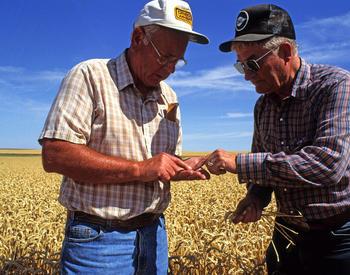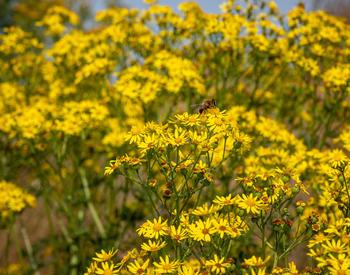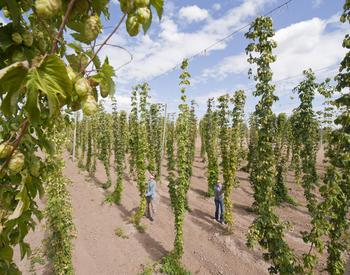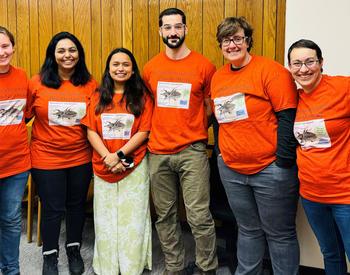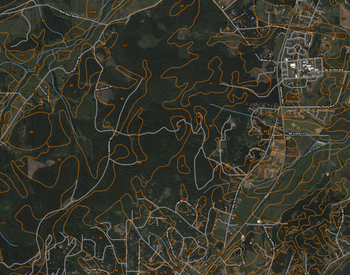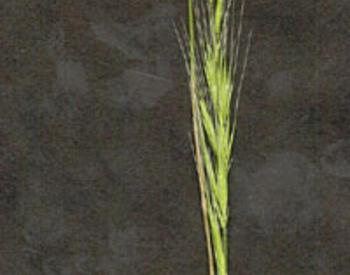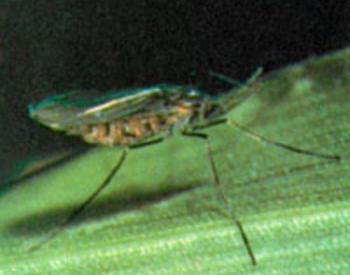Prickly Lettuce (Lactuca serriola), is a persistently prickly pest in cereal fields in Umatilla County. The explanation for its negative popularity is most likely its herbicide resistance issues plus it is a late germinating weed that comes after commonly used herbicides have broken down. Its resistance to Group B herbicides was confirmed in Oregon in 1993. It was found to have resistance to chlorsulfuron (Finesse and Glean), metsulfuron (Ally), and triasulfuron (Amber). Cross-resistance to other Group 2 herbicides such as imazethapyr (Pursuit) has been identified in Idaho and may be present in Oregon.
OSU weed scientists estimated in 1993 that there were 101-500 Group B resistant Prickly Lettuce sites in Oregon and the number of sites was on the increase while the area infested had stabilized.
Identifying characteristics
An annual or biennial plant with individual yellow flowers. The flowers are 1/2 inch wide and composed of 5 to 12 yellow toothed petals. The leaves have prickles along the margins and on the midveins of the lower leaf surfaces. Additionally, all parts of the plants emit a milky sap when cut. All these characteristics help to distinguish prickly lettuce from similar species, such as Annual Sowthistle and other sowthistles.
Management strategies
Implement a weed management program that reduces the likelihood of herbicide resistance developing. Control prickly lettuce in field margins and non-crop areas as weed-blown seeds can re-infest fields.
